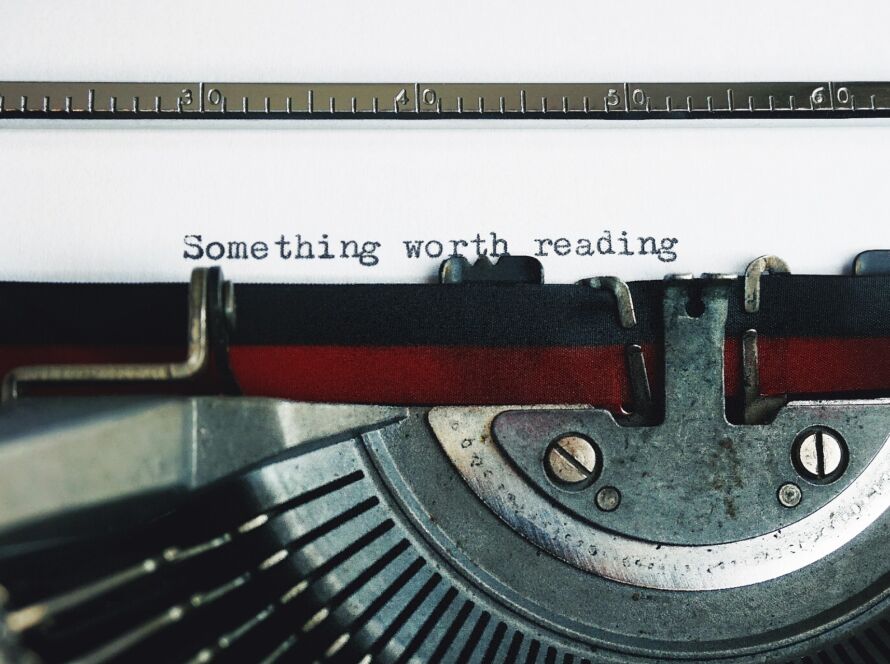Creating a visual identity for startups can feel like an unwanted expense that shows up at the wrong time. As a rule, startup companies have to deal with a lot of planned and unforeseen costs. In the rush to bring a new product to market under budget, “visual identity” often gets relegated to the bottom of the list of priorities.
Far too many teams give little to no thought to visual identity until long after a project has begun. By the time someone thinks to bring it up, the last thing any project manager wants to consider is investing more money. Even worse, product development teams sometimes view visual identity as non-essential or irrelevant.
To be clear, your company’s branding and visual identity are extremely important. They help convey what you’re all about to potential customers. This is one of those scenarios where you will need to spend at least some money to make money.
Considering the fact that many people use consumer sentiment to address their client’s needs and desires, you will want to figure out some way to be sure that potential clients have some degree of emotional attachment with your brand. This might not cost anywhere near as much as you’re thinking, however.
Investing in a Startup’s Visual Style
Creating a visual identity for your startup doesn’t have to cost an arm and a leg. Expensive logo designs aren’t necessarily better. You shouldn’t think that you must throw a great deal of money at the problem. Think, quality over quantity. In fact, the price tag isn’t a very good indication of what you’ll be getting when you hire an artist.
Unless you have an artistic background yourself, you’ll want to hire someone, but the cost of logo design isn’t as bad as it might sound. Professional logo design packages start at around $50. This encourages many people to think it would be cheaper to do things themselves, but a freelance graphic designer might only charge around $40.
You might wonder why this sounds so affordable. Like most other things, competition drives the price point. The current growth of the gig economy has gotten to the point where people are no longer able to charge huge amounts of money and attract many customers. Even established professionals are unable to charge as much as they used to.
It’s even possible to find artists who charge less for startup firms as well. If you opt for something like this, make sure you’re not incurring any hidden costs. Independent consultants can charge upwards of $3,000 for (allegedly) “budget” visual identity services for startups.
Legal questions might also come about should you attempt to use certain logo templates. Again, you don’t want to be penny-wise and pound-foolish with copyrighted materials.
Pitfalls Often Increase Visual Branding Costs
When you buy a typeface — a.k.a. “font” — you’re often not really buying it but rather simply purchasing a license to use it with certain restrictions. The same thing goes for those who purchase a logo template. They’re really not buying a logo so much as they’re buying the right to temporarily use what they create with it. Make sure you understand what you’re getting for your payment.
This is why some experts have said that small business owners should set aside approximately $5,000 when they want to develop a visual identity. That should be enough to purchase a design you can use without any strings attached. In general, you don’t want to exceed this benchmark as you’ll start to experience diminishing returns as the costs climb.
Mis-branding can be even more costly, especially if you have to spend this kind of money again in the future. You want to be sure that the visual identity you picked out really works for your startup. An online motorcycle rental company might want a hot rod-inspired rebellious image, but this certainly isn’t what you should go for if you hope to also appeal to a more down-to-earth audience.
Normally, missed branding opportunities aren’t quite that dramatic. That being said, there’s always a strong possibility you might miss the mark by going with something that’s outside what your clients expect. One thing to keep in mind when you’re deciding what kind of visual identity to go with is that it will provide a framework for the rest of your content.
Content Is Still King in a Visual World
While you might not associate the word content with the issue of visual distinctiveness, there’s a real connection here. Depending on the type of design language you pick, you’ll end up framing all of your business communication around it. The visual identity you choose for your startup needs to be adaptable to multiple mediums.
This is especially true of any startup firm that’s trying to position itself as a lifestyle brand. Tech companies and subscription box providers could be looked at this way even if you aren’t used to doing so. Consumers have learned to associate concepts with brands. Almost any visual cue is now considered an invitation to enjoy a certain type of lifestyle.
A company that launches a campaign always looks to overall visual identity as the baseline for developing its message. Think of fast-food restaurants. You’ve no doubt noticed that all communications are packaged around a central theme. If that brand releases anything that doesn’t match its established theme, it looks jarring. More often than not, these forays draw an unwanted type of negative attention.
Wade in Slowly When Establishing a Visual Identity
Think carefully about the kind of visual identity your startup is going for. Picking the right one now could save anywhere from $3,000-$5,000. That’s the amount you’ll have to pay to redesign everything from scratch later on.
Some small business owners have paid up to $30,000 to develop a brand for their startups. Of course, a price tag like this is outrageous. Nevertheless, it should help drive home the point that rebranding after any kind of mistake can be very expensive. Take the time now to lay out a design you won’t mind sticking with. Make sure you shop around a bit.
By investing a little time now, you can end up saving yourself a lot of money and potential heartache later on when your startup business becomes a real success.






